Home » Gear Reviews » Biking » Road Bikes » Road Race Bikes » Bulls Night Hawk 1
Bulls Night Hawk 1 Review
January 15, 2018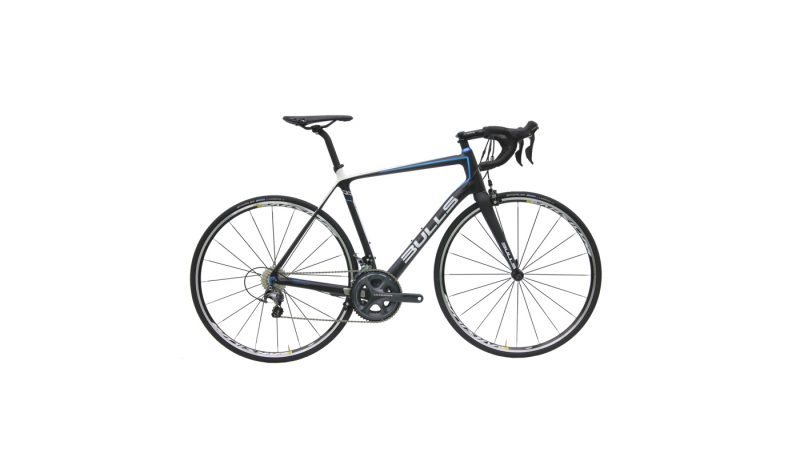























 89
89 The Good
- Monocoque carbon frame
- Race ready
- Mavic rims
The Bad
- Quick releases
- 105 mechanical brakes
- Painful saddle
Bulls as a brand is about innovation and engineering – about racing and quality. The Night Hawk embodies these qualities. A monocoque frame (one piece carbon) rides with a ferocity that is obvious. This is a bike that provides the rider with motivation to hammer. The Shimano 105 group is common in this category, and appropriate on this bike. Stepped up wheels won the Night Hawk an extra mention, Shimano 105 hubs with Mavic rims (straight laced in front, cross laced in rear) came on our test bike, however that specification may have changed according to Bulls’ website. Bulls branded components throughout the remainder of the bike were quality and mated well with the frame and fork, and they all come together to make for an impressive ride.
Ride Quality
Typical of my experience with Bulls are bikes that reveal their race pedigree and engineering on the very first moments of the ride. You maybe have had this experience when you first get on a quality race oriented bike, and you initiate the first turn of the cranks, and the bike surges forward with surprising acceleration. At that moment you recognize that the machine was thoughtfully put together with a singular purpose – go fast! That has been my Bulls experience, and that is the experience of the “entry level” Night Hawk 1. The ride quality is exactly what you would expect, a race oriented (read: quick steering, a bit more road noise transfer, not exactly engineered for comfort) feeling that is everywhere on the bike. Bulls’ carbon fiber monocoque frame design claims to provide additional speed, increased comfort, and to be lightweight. Two of these are evident, and comfort is completely appropriate considering the orientation of the bike.
Stiffness-to-Weight/Power Transfer
The stiffness to weight and power transfer category is where the Night Hawk 1 wins. You can feel that orientation of the fibers working with you to drive the rotational spin of the cranks to forward momentum. It’s a great feeling. The bike is also light, weighing in at 19 pounds. Shimano 105 cranks and rings (50/34) are perfectly stiff and go well with the frame. The carbon-aluminum tapered fork is perfectly rigid, creating a 73 degree head tube angle, which is evident in quick and twitchy (at low speeds) steering.
Climbing/Efficiency
It should come as no surprise that climbing is a breeze on the 19 pound Night Hawk 1 with an 11-28 Shimano 105 cassette in back.. The positioning on the bike is a bit more forward than I prefer, and it seems like road bikes are spec’ing narrower handlebars (Bulls stem and handlebar), which I also don’t love – but there is no denying the simple pleasure of riding a well geared light fast bicycle up a steep hill. The Night Hawk flies (pun intended). In fact, I can’t recall riding a faster bike on the climb in the saddle. Out of the saddle and the forward design of the bike was a bit disorienting, I would likely put a shorter stem on this bike.
Descending/Handling
Hydraulic disc brakes make descending more enjoyable and you won’t find those on the Night Hawk. They did use Shimano 105 “Direct Mount” brakes, which may remind you of the brakes installed on your mountain bike circa 1988. The brakes are mounted on the underside of the chainstays on the rear triangle. Installing the brakes under the bike is intended to reduce vibration and enhance braking power. I found the brakes to be underpowered and the modulation to be poor. On the other hand, the turning characteristics of the Night Hawk are outstanding. The bike makes beautiful carves, and is very confidence inspiring. This is a very easy bike to get into the drops and crush a long downhill when you are comfortable and confident.
Components: Drivetrain, Shifting and Brakes
The Shimano 105 shifting is impressive. The shifts are quick, quiet, and require little hand work. I wish I could say the same about the 105 brakes, which are pretty bad on this bike (and others we tested). The hand effort required to actuate the brakes is excessive, and the end result isn’t too impressive either. Hydraulic disc brakes would have been a nice feature. The Bulls aluminum handlebar is very nice in the hand, fat and aero. It’s a bit narrow. The stem and seatpost are both Bulls as well, and the saddle is a beloved Selle Royal Seta S1 that perfectly fits thy rump.
Wheelset
Shimano 105 hubs are at the center of the wheelset, with Mavic rims. These wheels are reasonably light, and I found them to be stiff and steady. Often you find tires to be a place where the manufacturer skimped a bit, so nice to see some Continental Ultra Sport II rubber on the Night Hawk 1 (both being German companies, maybe no surprise there). This wheelset sets the Bulls apart in terms of quality and value.
Value
I had to look at my dust covered 5-year-old, top-of-the-line road bike that cost three times more than the Night Hawk 1 and smile, the Bulls price tag of $2,299 seems a bargain for a high quality if “entry level” machine.
Our road testing took place in Colorado and California, which when combined has the best of all road biking challenges: towering climbs, massive descents and endless flats and rollers to push these bikes to their limits. The bikes were tested riding through the coastal mountains and the redwoods of California, testing their grip in slick and slippery road conditions by the seashore and up into the Redwood Rain through the twistiest of descents. Colorado offered opportunities for massive climbs and descents, including the famed Morgul-Bismark road loop which is used on every road bike we tested because of its variety of terrain, 18 percent grade on “The Wall,” and its notorious wind. In all we rode over 750 miles on these bikes, climbing over 75,000 feet of vertical.
Seth Portner has been riding and racing mountain bikes since the late 1990s, specializing in XC, marathon and ultra-marathon events. He also enjoys regular multi-day road tours, and is an accomplished ultrarunner and XC skier. Seth, his wife and their daughter all split their time between Lyons and Winter Park.










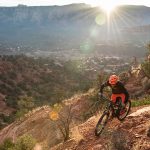
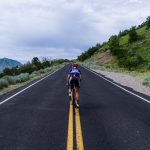
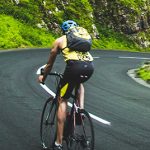

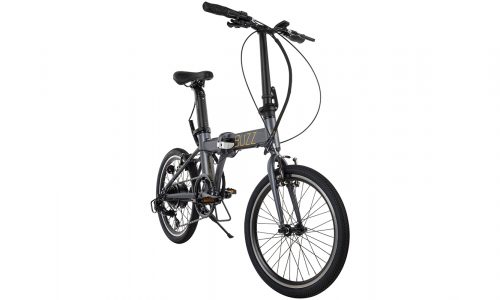


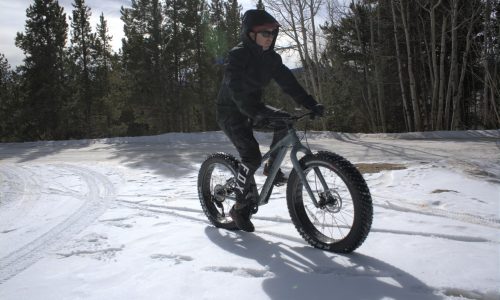


No reviews have been posted for this product.
Use this gear?
Join Gear Nation and leave a review!
Create an Account